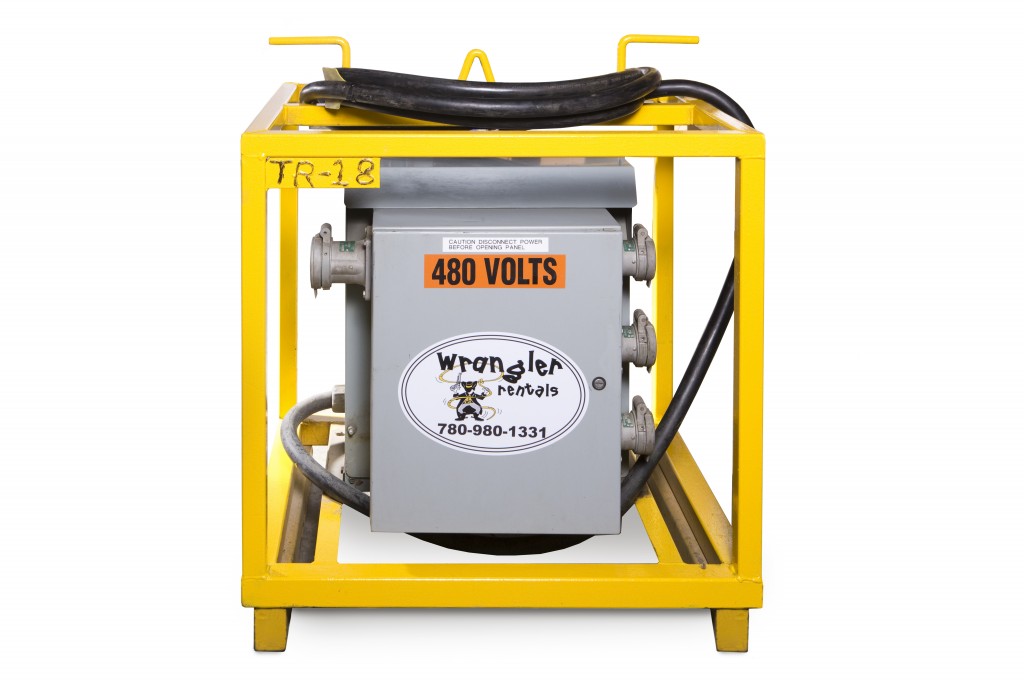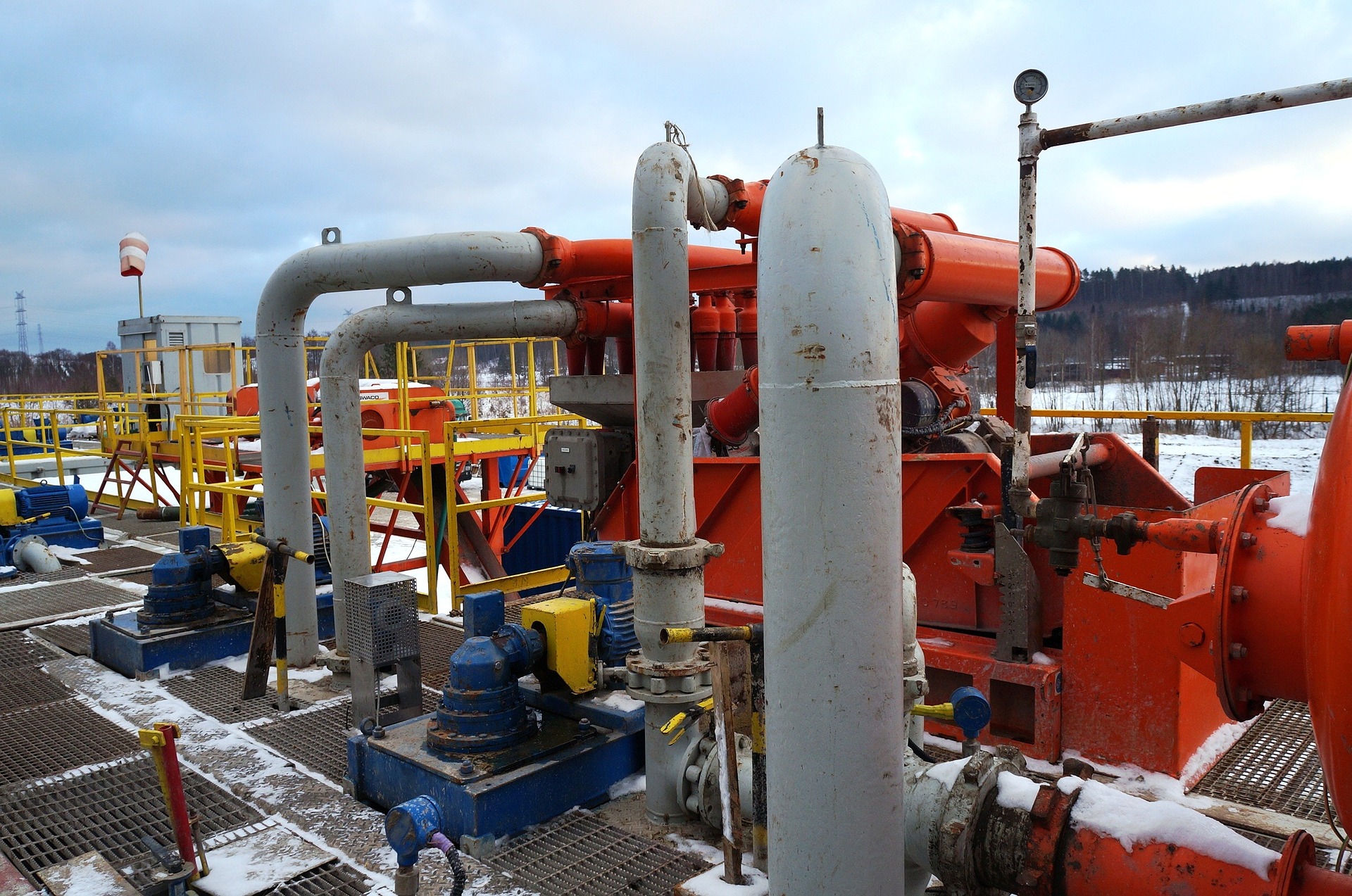Superior Rentals fusion machines: how they work for pipeline welding
Wiki Article
A Comprehensive Guide to the Various Kinds Of Oil Field Equipment and Pipeline Equipment Available
The oil and gas industry relies heavily on specialized devices for reliable removal and transport. Numerous kinds of machinery, from piercing rigs to tank, play important functions in this complicated procedure. Each item of equipment serves distinctive features that contribute to overall operational success. Recognizing these elements is crucial for anybody included in the field. As the industry progresses, so as well do the innovations that sustain it. What developments are on the perspective?
Drilling Rigs: The Backbone of Oil Expedition
Drilling rigs work as the crucial equipment in the domain name of oil exploration, allowing business to gain access to hydrocarbon reserves hidden deep below the Planet's surface. These rigs are available in different kinds, including land rigs, offshore rigs, and mobile devices, each designed to operate in details atmospheres. Outfitted with sophisticated technology, drilling rigs can penetrate geological developments with accuracy, making sure effective resource extraction. The structural integrity and functional capabilities of these rigs are critical, as they should stand up to severe conditions and significant pressures. In addition, the selection of an exploration gear impacts the general job price and timeline, making it a crucial factor to consider for oil firms seeking to enhance their expedition initiatives and make best use of efficiency in their operations.Pumps: Necessary for Liquid Movement
In the oil extraction process, the function of pumps is significant, helping with the motion of fluids throughout different stages of production. Pumps are important for moving crude oil, water, and other liquids from underground reservoirs to the surface and after that via pipes to refineries. They come in various kinds, consisting of centrifugal, positive variation, and submersible pumps, each serving particular purposes based on the fluid features and operational demands. Centrifugal pumps are commonly made use of for their efficiency in high-flow applications, while favorable displacement pumps master taking care of viscous fluids. The selection of pump effects overall efficiency, operational safety and security, and maintenance costs. Proper selection and upkeep of pumps are important for enhancing production and lessening downtime in oil area procedures.Valves: Managing Flow and Pressure

Valves play an essential function in managing the circulation and pressure of liquids within oil areas and pipelines. Numerous kinds of valves serve unique applications, each developed to meet particular features basic for effective operation - Superior Rentals midland. Recognizing the characteristics and usages of these valves is necessary for enhancing system efficiency and safety
Kinds of Valves
Crucial parts in oil field procedures, valves play a crucial duty in controlling the circulation and stress of fluids within pipelines and devices. Various sorts of valves are made use of to fulfill the varied demands of oil and gas manufacturing. Common kinds consist of entrance shutoffs, which give a straight-line flow and very little pressure decrease; globe shutoffs, recognized for their throttling abilities; and ball shutoffs, identified for their fast on/off control. Furthermore, check valves protect against backflow, while butterfly valves offer a lightweight remedy for controling circulation. Each shutoff kind is made with particular materials and setups to stand up to the extreme conditions usually found in oil fields, making sure integrity and efficiency in operations. Comprehending these types is crucial for effective system administration.Valve Applications and Features
While different kinds of valves serve unique purposes, their key applications focus on regulating flow and stress within oil and gas systems. Shutoffs such as gate, globe, and ball valves regulate fluid motion, making certain peak efficiency and safety. Gate shutoffs are frequently used for on/off control, supplying minimal circulation resistance. World shutoffs, on the various other hand, offer exact flow policy, making them ideal for throttling applications. Round valves are preferred for their quick operation and limited sealing capabilities. Additionally, stress alleviation valves are essential for avoiding system overpressure, protecting equipment integrity. On the whole, the suitable choice and application of shutoffs improve operational effectiveness, ensuring the reliable transportation of oil and gas with pipelines and processing facilities.Compressors: Enhancing Gas Transport
Compressors play an essential duty in the effective transport of gas, ensuring that it moves smoothly through pipelines over cross countries. These devices increase the stress of natural gas, enabling it to conquer rubbing and altitude changes within the pipeline system. Furthermore, compressors help with the balancing of supply and demand, accommodating variations in intake and manufacturing prices. Different types of compressors are used in the industry, including centrifugal, reciprocating, and rotary screw compressors, each offering unique benefits based upon the operational requirements. Normal upkeep of these compressors is important to make the most of effectiveness and reduce downtime, ultimately adding to a dependable gas transportation network. Their crucial feature highlights the relevance of compressors in the general oil and gas framework.Storage Tanks: Safe and Effective Fluid Management
Efficient transportation of all-natural gas counts on various sustaining systems, one of which is the proper administration of tank. These storage tanks play an important used compact wheel loader duty in securely containing liquids, making sure that operational performance is kept while minimizing environmental dangers. Built from long lasting materials, they are designed to endure high stress and destructive aspects. Appropriately sized and strategically situated, tank promote the smooth circulation of all-natural gas and various other liquids, avoiding traffic jams in supply chains. Regular upkeep and monitoring are crucial to detect leakages or architectural problems, promoting safety and compliance with regulatory requirements. Eventually, the effective monitoring of storage space containers is important for the general integrity and integrity of the oil and gas market's liquid handling systems.
Pipeline Systems: Framework for Transportation
Pipeline systems function as the backbone of the oil and gas sector, helping with the efficient transport of hydrocarbons over large distances. These systems consist of different parts, consisting of pipelines, valves, pumps, and compressors, all meticulously made to ensure seamless circulation. The products utilized in pipeline construction, usually steel or high-density polyethylene, are picked for sturdiness and resistance to corrosion. Pipeline networks can extend across land and water, attaching production sites to refineries and circulation centers. In addition, advanced innovation enables real-time tracking of circulation prices and stress levels, boosting operational effectiveness. The calculated positioning of these pipes decreases environmental impact while making the most of source access, thereby playing an essential function in meeting energy demands worldwide.Safety And Security Equipment: Ensuring Employee and Environmental Management
The procedure of pipeline systems, while important for power transport, additionally offers significant safety obstacles for workers and the atmosphere. Security tools plays a significant function in reducing these dangers. Personal protective equipment (PPE) such as helmets, handwear covers, and non-slip footwear safeguards employees from physical risks. Furthermore, gas detection systems monitor for leakages, ensuring that dangerous materials do not pose a threat to workers or the bordering environment. Emergency situation shutdown systems are essential for swiftly stopping operations during a situation, stopping possible disasters. Spill control materials, consisting of absorbents and obstacles, are basic for lessening ecological influence. On the whole, buying comprehensive safety and security tools is essential for maintaining operational stability and safeguarding both workers and the setting in the oil and gas market.
Often Asked Questions
Exactly how Do I Pick the Right Oil Field Equipment for My Task?
Picking the right oil field equipment includes evaluating task specifications, budget plan restrictions, and functional needs. Take into consideration variables such as equipment dependability, compatibility with existing systems, and the supplier's reputation to assure peak efficiency and safety and security.What Are the Maintenance Needs for Oil Field Equipment?
Upkeep needs for oil area equipment include normal inspections, lubrication, and timely repairs. Operators needs to likewise stick to supplier guidelines, screen efficiency metrics, and warranty conformity with safety and security laws to enhance durability and performance.
How Can I Ensure Compliance With Environmental Regulations?
To assure conformity with environmental laws, firms should carry out normal audits, execute best techniques, buy training, maintain appropriate paperwork, and remain updated on legislation (Superior Rentals fusion machines). Partnership with ecological companies can additionally enhance adherence to lawsWhat Is the Typical Life Expectancy of Pipeline Equipment?
The average life-span of pipeline devices usually varies he said from 20 to 50 years, depending upon elements such as material quality, ecological problems, and maintenance practices. Regular explanation evaluations can substantially influence long life and operational effectiveness.Just how Do I Securely Carry Oil Field Equipment to Remote Locations?
Delivering oil field tools to remote locations needs mindful preparation, consisting of course analysis, protecting licenses, using appropriate lorries, and ensuring security protocols are followed. Proper training and interaction amongst staffs are necessary for effective transport.Report this wiki page